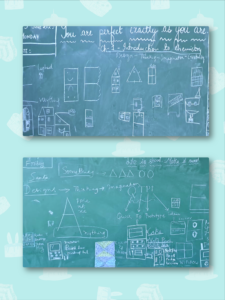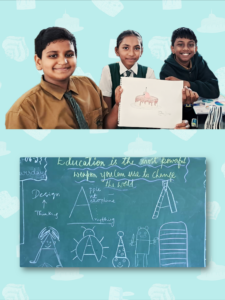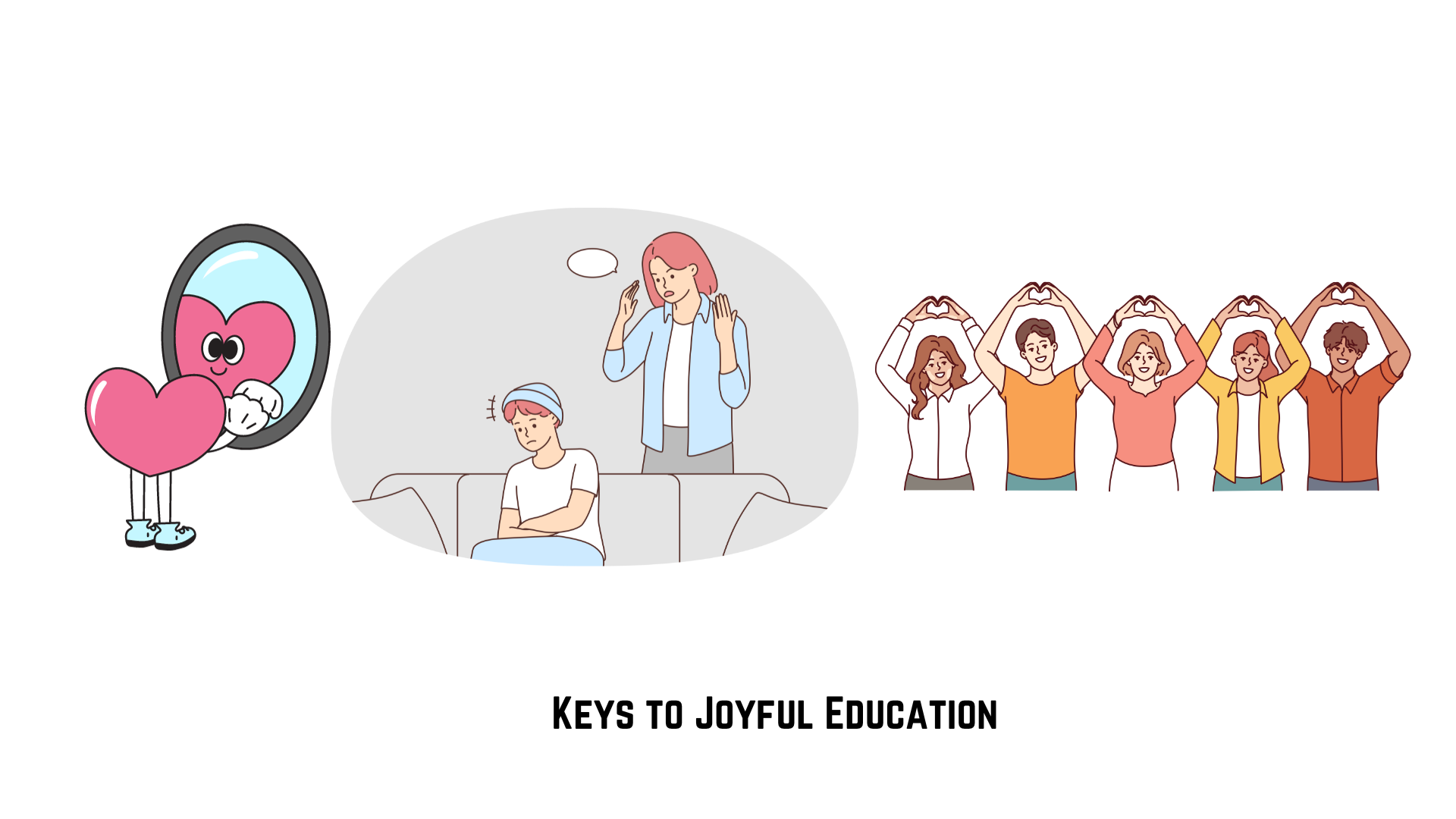Trending Now
- “If Edappadi Palaniswami permits, a thousand young members from the Virudhunagar district AIADMK are prepared to take up arms and engage in battle under my command.” – Former AIADMK Minister Rajendra Balaji
- “India is ready to deal with any counter-attack by Pakistan” – Wing Commander Vyomika Singh
- Central govt orders extension of CBI Director Praveen Sood’s tenure for another year
Columns
“Exploring a Creative and Empathetic Approach to Design Thinking in a school, Bengaluru”
![]() October 10, 2023
October 10, 2023
Avvannavar experimented a novel approach in Cambridge Public School K.R.Puram Bengaluru with a non-linear and unconventional process for students in grades 5-8. This innovative approach is part of the schools QtPi’s STEM program, aimed at providing students with exposure to learning and building robotics and AI projects, starting as early as grade 1.
Design thinking, a human-centered design process, typically follows iterative and non-linear stages, including Empathize, Define, Ideate, Prototype, and Test. The approach to design thinking involves a mix of top-down and student-driven methods, encouraging students to explore, think critically, question, and rework their designs and problem-solving strategies.
Introducing the concept of design thinking to students in grades 5-8 presented a unique challenge, as the traditional five stages might be complex for young minds to grasp. The concept of a business case was also challenging for them to relate to. To make the process more accessible, the approach was reworked.
The revised approach began by emphasizing the importance of imagination in good design. Students were encouraged to think back to their preschool days when they learned the alphabet. Using the letter ‘A,’ students were prompted to draw anything they could imagine, fostering creative visualizations.
Following this exercise, students were asked probing questions to assess the quality of their imagination. Some students responded positively, while others playfully shared their drawings with their peers. (Keep in mind that these are students in grades 5-8!)
While this exercise captured elements of the non-linear design thinking process—specifically Empathize and Define—it was still far from the Prototype and Test stages. To further engage the students, a new activity was introduced using the letter ‘E.’ In this activity, students were tasked with drawing everything they could think of, aiming to visualize multiple possibilities within one design. Grade 5 and 6 students were quick to generate various ideas, demonstrating a willingness to embrace imperfection. Facilitators encouraged their thinking and imagination without judgment.
As the activities progressed, students began defining their ideas by labeling their visuals, indicating a progression toward the ‘Define’ phase of the design thinking process. The next step was to challenge students to design something specific, incorporating specific objects. This activity took more time, as the previous ideas were still fresh in their minds.
The outcome was a collection of visually engaging designs that conveyed meaningful messages. These visuals had the potential to serve as logos or brand recognition tools for various organizations.
To assess empathy in the design process, students were given pre-defined questionnaires to design a birthday cake. This exercise not only proved fun but also showcased the students’ ability to consider others’ needs. Some students even involved their peers in the cake design process, resulting in a collaborative and empathetic approach to designing a cake that would make everyone happy.
In one heartwarming instance, a student whose birthday had recently passed had their birthday cake designed based on the “Empathy Cake” exercise. This demonstrated the tangible impact of empathy in the design process.
“Empathy is seeing with the eyes of another, listening with the ears of another and feeling with the heart of another.”, a quote by Alfred Adler, emphasizing the importance of empathy in the creative process and reflects on the “empathy cake” exercise, where students interviewed their peers to design a cake that truly catered to their preferences, allergies, and past experiences. The collaborative efforts of students in designing the cake were presented to an audience, exemplifying the power of empathy in design.























